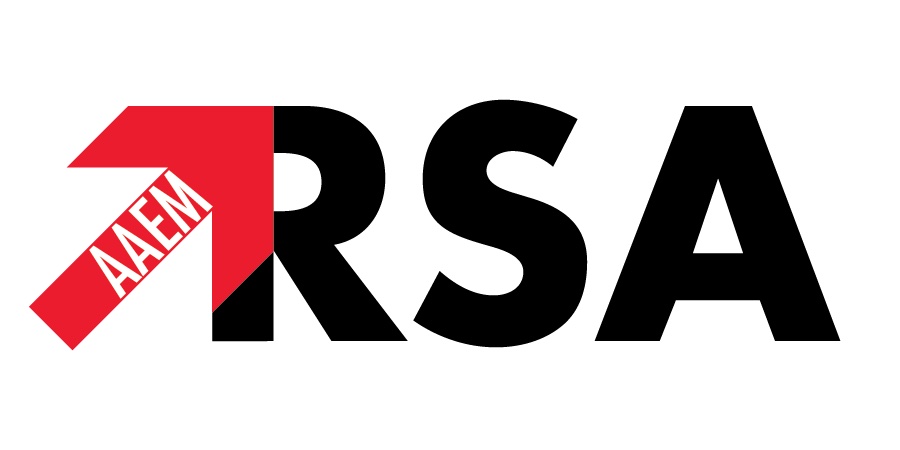 |
| Image Credit: Flickr |
 |
| This post was peer reviewed. Click to learn more. |
Author: Jeffrey Chen, MSIII
UCSF School of Medicine
Case:
A 73-year-old man with a history of severe multi-vessel CAD status post CABG surgery 9 weeks ago presents after a high-speed motor vehicle collision with worsening SOB and chest pain. On exam, he is in acute distress, with a pulse of 102, blood pressure of 129/64, respiratory rate of 28, and saturating at 91% on 100% Oxygen NRB. The left chest has decreased breath sounds and is hyperresonant to percussion. Trachea is midline. A rapid chest X-ray shows a fractured left 7th rib and a corresponding large pneumothorax on the left with no evidence of tension. A chest tube is placed without any complications and connected to suction; his oxygen saturation improves to 98%, and his other vitals stabilize. A repeat CXR confirms successful placement of the tube, mild reinflation of the left lung, and a small pneumothorax on the right side that was not noted on the previous X-ray.
Diagnosis and Management:
In this gentleman who suffered a blunt traumatic pneumothorax on the left, there are a few possibilities to explain why he subsequently developed a pneumothorax on the right. First is a small traumatic pneumothorax that was already there on the right that was not visualized on the first film. Next is mediastinal damage during the placement of the left-sided chest tube, though there were no complications described in this case.
Interestingly, this patient also recently had a CABG. The development of bilateral pneumothoraces after a history of invasive procedures of the chest cavity has been described in multiple case reports.[1-7] In these patients, the hypothesis is that previous instrumentation of the mediastinum had created an unnatural connection between the two respective pleural spaces – a pleuro-pleural communication.
This phenomenon is often called “buffalo chest” physiology, after the North American Buffalo.[1] These animals, also known as bison, are born with a single connected pleural space surrounding both lungs. A single arrow to one side could thus cause a bilateral tension pneumothorax, leading to rapid death. Native Americans of the Great Plains knew of this anatomical anomaly, taking advantage of this fact during their hunts of these otherwise swift and agile animals.[2]
Humans naturally have two separate pleural spaces surrounding each respective lung. However, if they were to develop buffalo chest, any traumatic, iatrogenic, or spontaneous pneumothorax could spread to the contralateral side. There are reports of buffalo chest developing after procedures as major as lung transplants and as minimally invasive as ICD placement and thoracoscopic fracture stabilization.[1-4] This physiology is thought to revert on its own as the pleurae heal, though has persisted as late as 17 years after invasive thoracic procedures.[1,5] There is also a single case report of a patient thought to have developed this physiology naturally without any previous major thoracic procedures.[6] In this case, the patient had severe scoliosis and was theorized to have a defect in her pleura secondary to her other thoracic skeletal deformities.
Regardless of etiology, a unilateral chest tube should be able to resolve bilateral pneumothoraces in buffalo chest physiology, as has happened in multiple case reports.[1,2,3,5] However, if the pleural defect were to heal sometime before full resolution of the pneumothoraces, a contralateral chest tube would be necessary to drain the air on that side. Moreover, there has been a case of the pneumothoraces resolving on their own with just supportive high-flow oxygen and no chest tubes.[7] The management of buffalo chest thus depends on the clinical context and urgency.
Case Continued:
The well-read emergency physicians decide to manage this case of suspected buffalo chest with the single chest tube on the left. The patient is admitted to the ICU, where the chest tube is continued on suction and the patient does well overnight. The next morning, a chest X-ray shows complete resolution of the left-sided pneumothorax with an interval decrease in the size of the right-sided pneumothorax. Two days later, the small right-sided pneumothorax is still there, so IR inserts a pigtail catheter on that side. This resolves the following day, and the patient is monitored for 2 more days before being discharged home with close follow-up.
References
- Grathwohl KW, Derdak S. Images in clinical medicine. Buffalo chest. N Engl J Med. 2003 Nov 6;349(19):1829.
- Schorlemmer GR, Khouri RK, Murray GF, Johnson G Jr. Bilateral pneumothoraces secondary to latrogenic buffalo chest. An unusual complication of median sternotomy and subclavian vein catheterization. Ann Surg. 1984 Mar;199(3):372-4.
- Rali AS, Manyam H. Bilateral Pneumothoraces Following BiV ICD Placement: A Case of Buffalo Chest Syndrome. Am J Case Rep. 2015 Oct 2;16:703-6.
- Garcia P, Pizanis A, Massmann A, Reischmann B, Burkhardt M, Tosounidis G, Rensing H, Pohlemann T. Bilateral pneumothoraces, pneumomediastinum, pneumoperitoneum, pneumoretroperitoneum, and subcutaneous emphysema after thoracoscopic anterior fracture stabilization. Spine (Phila Pa 1976). 2009 May 1;34(10):E371-5.
- Sawalha L, Gibbons WJ. Iatrogenic “buffalo chest” bilateral pneumothoraces following unilateral transbronchial lung biopsies in a bilateral lung transplant recipient. Respir Med Case Rep. 2015 May 16;15:57-8.
- Hartin DJ, Kendall R, Boyle AA, Atkinson PR. Case of the month: Buffalo chest: a case of bilateral pneumothoraces due to pleuropleural communication. Emerg Med J. 2006 Jun;23(6):483-6. PubMed PMID: 16714521; PubMed Central PMCID: PMC2564356.
- Pettemerides V, Jenkins N. Contralateral pneumothorax following repositioning of an atrial lead. Europace. 2012 Apr;14(4):606.
